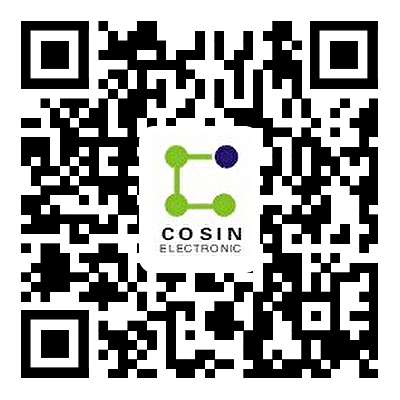Intelligent motion control
Excellent motion control, advanced detection and deterministic connectivity make intelligent manufacturing possible
Intelligent motion control is the core building block of intelligent manufacturing, which can realize highly flexible and efficient manufacturing. Intelligent motion control combines precise feedback, advanced perception, high-performance control and seamless connection technologies to provide deterministic motion solutions.
The motion control solution has developed from the basic on/off fixed speed motor to the complex multi axis servo drive solution in robot technology. The requirement of higher performance and autonomy in intelligent manufacturing makes automation technology increasingly complex, which promotes the development and evolution of related technologies.





Intelligent motion control accelerates its development driven by four key growth drivers: energy consumption reduction, agile production, and digital transformation. At the same time, the transformation to a new business model in intelligent manufacturing based on reducing downtime and increasing asset utilization, and based on services, also has a certain role in promoting its development.
The power consumed by motor system accounts for nearly 70% of the power consumed by the whole industry. Intelligent motion solutions are and will continue to significantly reduce energy consumption by shifting more and more applications from constant speed motors to high efficiency motors and variable speed drives, driven to some extent by energy efficiency regulations.
As the industry continues to make adjustments based on consumer demand and changing buyer behavior, it is necessary to provide more customization and achieve faster turnaround time through agile production based on reconfigurable production lines. Agile production improves the flexibility in case of interruption, and can respond to changing customer needs faster.
Because motion assets are networked to share data in real time, it is now easier to obtain motion data and insight from advanced sensing. This data can be analyzed through powerful cloud computing and artificial intelligence to optimize manufacturing processes and monitor the current health of assets throughout the facility.
Intelligent motion applications are integrating status monitoring to monitor asset health in real time, eliminating unplanned downtime and improving productivity and asset utilization. This creates new business model opportunities for deployed assets to provide predictive maintenance through service based contracts.
-
Tel
+86 0755-83229055 -
Whatsapp

